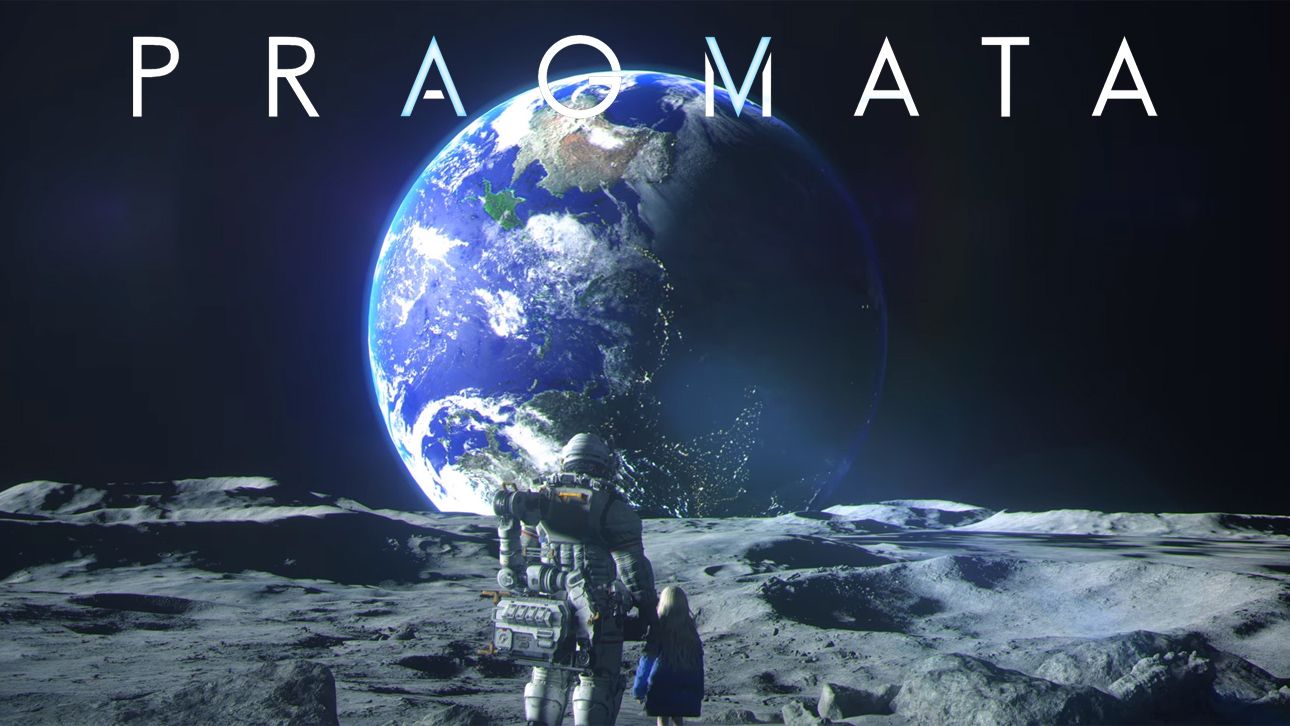

The work was an attempt to mildly subvert the platform’s intended mode of interaction, exposing its inherent limitations, and to engage its users in a manner oddly personal. 1) that range from unanswerable provocations (e.g., “How possible is it to convince people that you are an artist?” June 6, 2008, 4:24 PM), to the absurdly mundane (e.g., “where did you get that chair you are sitting in?” June 19, 2008, 2:28 AM). Over the course of two years, the artist engaged users on Yahoo! Answers, asking questions (fig. In a sense, the work could be said to have no primary form or medium, existing originally as a disparate set of actions. This section will provide a qualitative analysis of various emulation strategies that restored function to the work, as well as consideration of the scalability of maintaining code-based works in collections and archives.Īs is often the case in the broad scope of new media and technology based works of art, Holmberg’s Legendary Account initially posed a non-technical challenge to conventions of curation, collection, and ontology of artworks. This work fell victim to obsolescence of crucial client-side JavaScript. Finally we will consider Pulse (1999) by American artist Mark Napier (b. The approach discussed offers a model of conservation that produces an archival solution without compromising the sensitive, real-time, and performative nature of the work.
#Digital pragmata ben fino radin how to
1984), which poses the problem of how to collect and preserve a dynamic web based artwork that included a dimension of time and performance. com (2011), by Dutch artist Jonas Lund (b. Second, we will consider i’m here and there. The provided methodology is grounded in web archiving practices, and makes use of a Python tool for the batch production of archival screenshots of web resources. This artwork will present an approach for preserving works whose primary materials exist within a 3rd party commercial web platform not controlled by the artist or collecting institution. Discussed first is Legendary Account (2008–2010) by American artist Joel Holmberg (b. All methods described and documented herein make use of open source tools and common technologies and standards, yielding workflows that are reproducible in similar scenarios. This paper, in contrast, focuses explicitly on methods and techniques of digital conservation and preservation, through the documentation of three case studies. In 2011 Rhizome published a paper titled “Digital Preservation Practices and the Rhizome ArtBase” (Fino-Radin), which explored in detail the fundamental threats to its collection, and extrapolated a theoretical framework for approaching the management of these risks. As the years have passed, shifting threats to the longevity of these works have emerged, along with a discourse and philosophy of the conservation of born-digital works of art. The ArtBase collects works that employ materials diverse as software, code, websites, moving images, games, and web browsers towards aesthetic and critical ends.
#Digital pragmata ben fino radin archive
In 1999 the Rhizome ArtBase was founded as an online archive that sought to collect, preserve, and contextualize the creative practices that had emerged in the preceding decade, along with the advent of the world wide web. Rhizome is a non-profit institution (established in 1996) devoted to the creation, presentation, preservation, and critique of emerging artistic practices that engage technology. Offered in conclusion is a discussion of metadata, from a collection management standpoint, to ensure the long-term sustainability of digital conservation measures.

The constantly shifting compatibility of technologies, and looming wave of obsolescence dictates that this emerging practice is often preemptive, in some cases even leaning towards the archival perspective. Rather than addressing entropy and deterioration of objects, paintings, prints, or textiles, many collections must now contend with ensuring the conservation of works that are entirely born-digital. The Electronic Media Review, Volume Two: 2011-2012


 0 kommentar(er)
0 kommentar(er)
